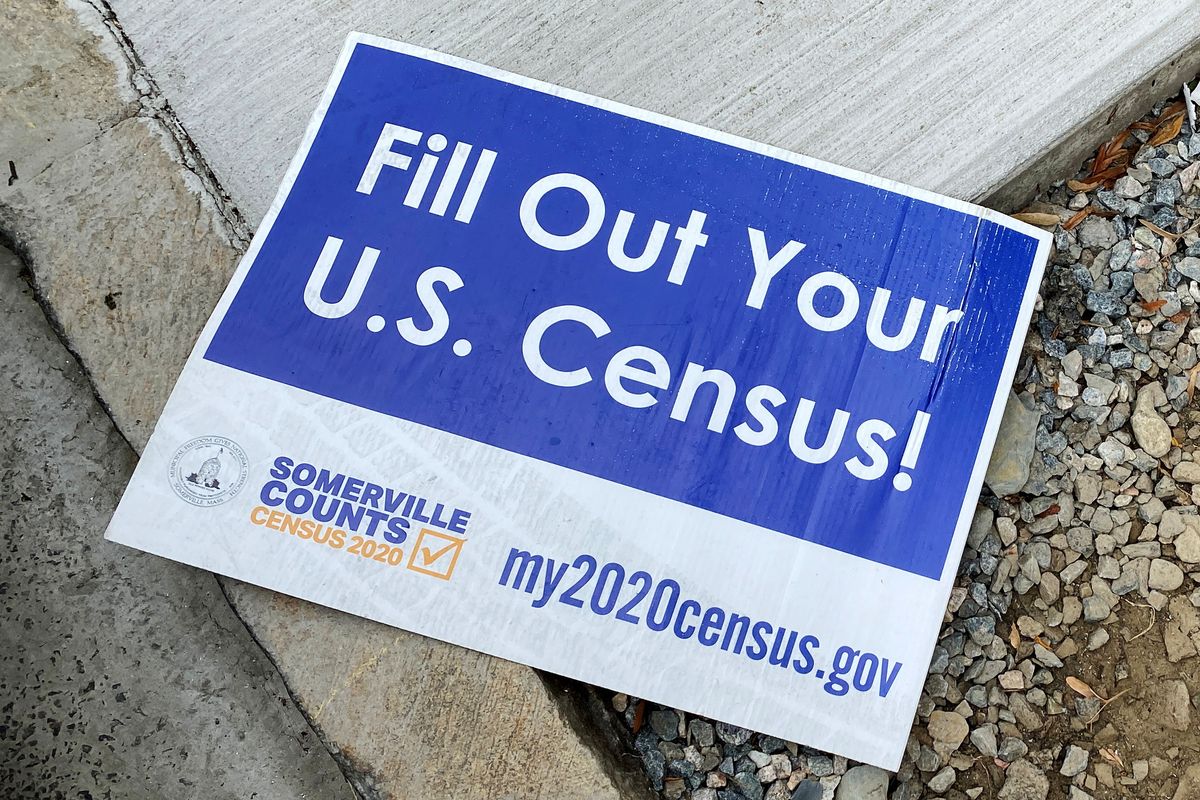After the census, these are the states that will be gaining or losing a seat in the House of Representatives

A few minutes every morning is all you need.
Stay up to date on the world's Headlines and Human Stories. It's fun, it's factual, it's fluff-free.
The process of determining new seats in the House is known as “reapportionment.” Here’s how that is playing out this year.
Every state in the United States sends a set number of representatives to the US House based on its population. The entire nation’s population is counted every 10 years, as instructed by the Constitution.
Following the 2020 census, some states will lose a representative and some will gain one or more.
There are 435 representatives in the House. That number won’t change, because the number of gained seats is equal to the number of lost seats.
The process of determining new seats in the House is known as “reapportionment.” Here’s how that is playing out this year.
Which states are gaining representatives?
There are six states that will gain at least one representative in the House going forward. The new numbers will take effect after the next elections, which will be held in 2022.
Texas is the only state that is gaining two representatives. That’s because its population has been steadily growing in recent years.
Texas politicians, like Republican Senator Ted Cruz, credit the state’s low taxes for the growth in population. He says that lower taxes make the state friendlier to businesses, which leads to more workers moving from other states.
The other five states gaining one seat are: Colorado, Florida, Montana, North Carolina and Oregon.
Which states are losing representatives?
There are seven states losing one representative each. Those states are California, Illinois, Michigan, New York, Ohio, Pennsylvania and West Virginia.
For some states, losing a representative is nothing new. New York has been consistently losing at least one representative after every census for eight decades.
In 1953, New York lost two seats and it has continued to lose seats ever since. It currently has 27 seats, but starting in 2023, it will have 26. (This year’s loss is particularly bitter, though, because it wouldn’t have happened if just 89 more people had filled out the census.)
Likewise, Pennsylvania has lost one or more seats in the House every census since 1933, when it peaked at 36 seats. It currently has 18 seats, but that will be 17 when the next congressional session begins.
For California, though, the loss of a seat in the House is a new experience. This will be the first time in the state’s history that it will lose a seat following a census. It has had 53 seats since the 2000 census, but in 2023, it will be down to 52.
Does this help the Republicans or Democrats?
On the surface, it would appear this reapportionment is most beneficial to the Republican Party.
Most of the states that are losing a seat are strong “blue” states, or states that reliably vote for Democrats. That includes New York and California.
Alternatively, most of the states that are gaining seats are strong “red” states, or states that reliably vote for Republicans. Texas, in particular, has a very conservative voting record, though there are some liberal pockets in the state, like Austin.
Because Electoral College votes are based on the number of congressional members each state has, this also means that those traditionally red states will have greater say in future presidential elections.
But, in the long-term, it really isn’t clear which party this change will help.
After all, if the people who are moving to these traditionally Republican states are young liberals, that could just turn those red states blue – or, at least, purple.
What about the Senate?
Each state gets two senators, regardless of its population. This ensures that each state has equal say in the Senate.
It is for this reason that the addition of a new state to the Union could have such a massive impact – bigger than a reapportionment.
For instance, the House recently voted to make Washington, D.C. the 51st state. That won’t happen unless the Senate also votes for it (which is unlikely), but if it happened, it would make a huge difference.
While, based on its population, Washington, D.C. would only get one representative, it would get two senators. And since the state has consistently voted Democrat in every presidential election it has been allowed to vote in, it’s safe to say it would send two Democrats to the Senate.
Have a tip or story? Get in touch with our reporters at tips@themilsource.com




Comments ()